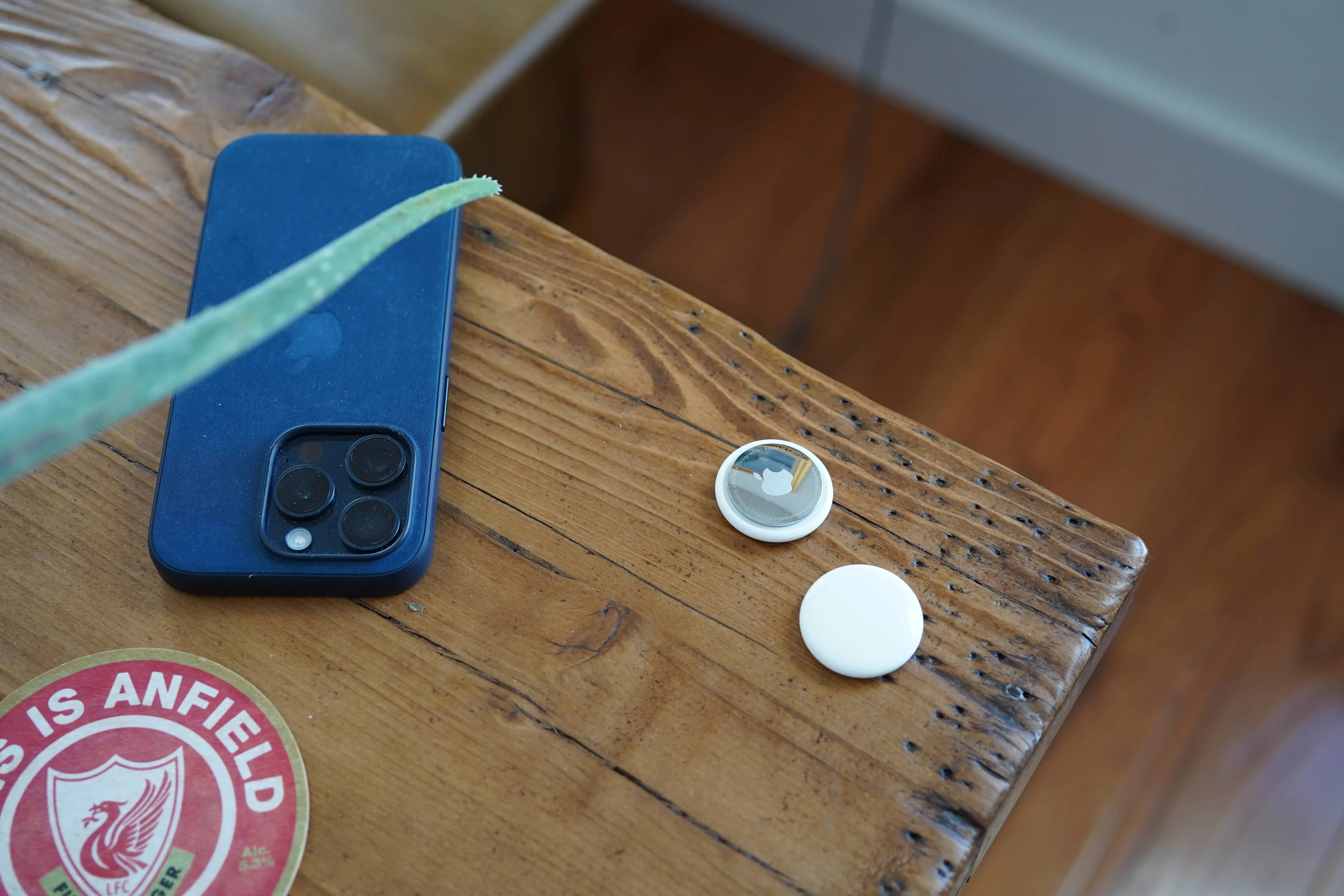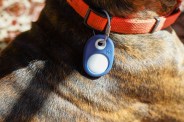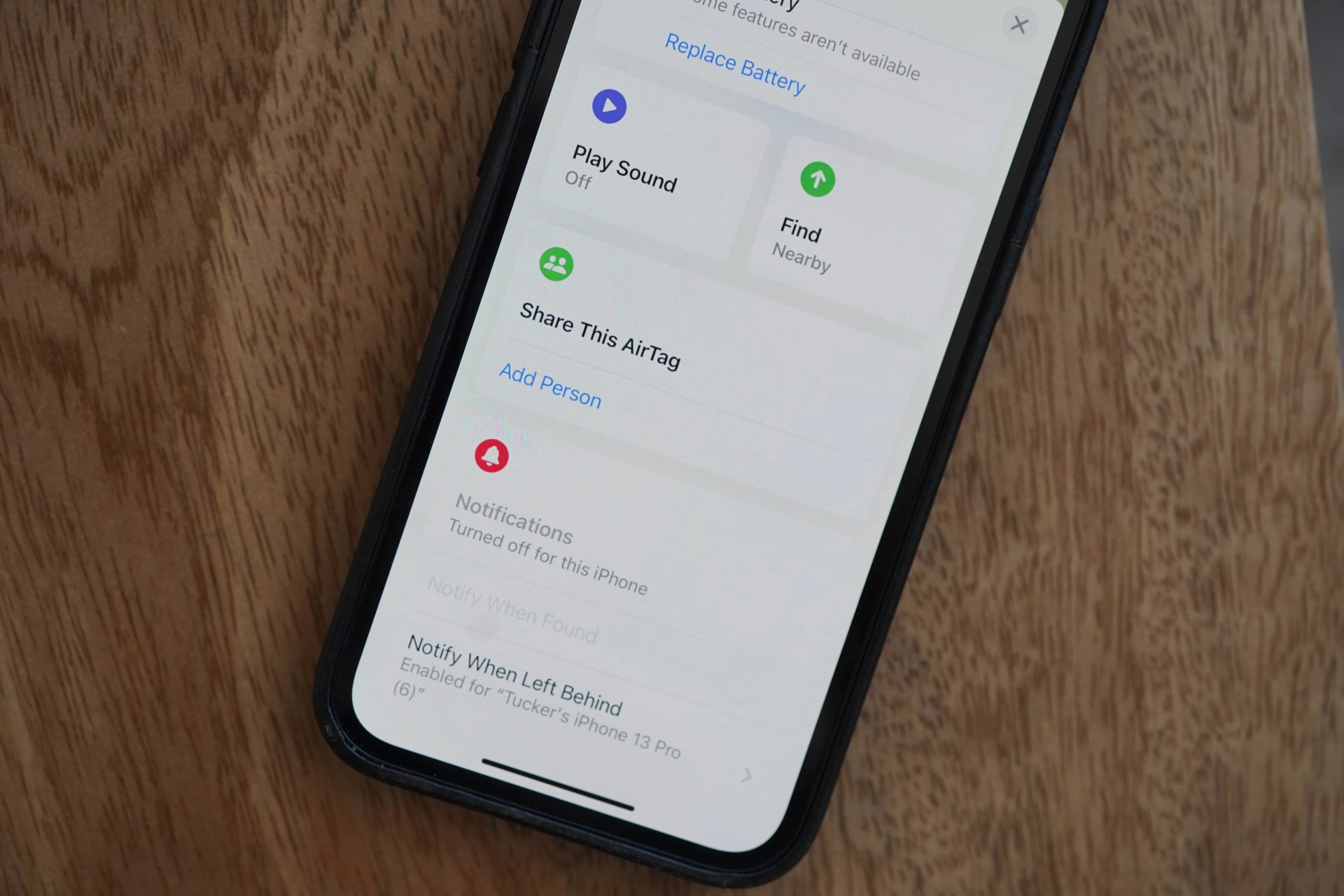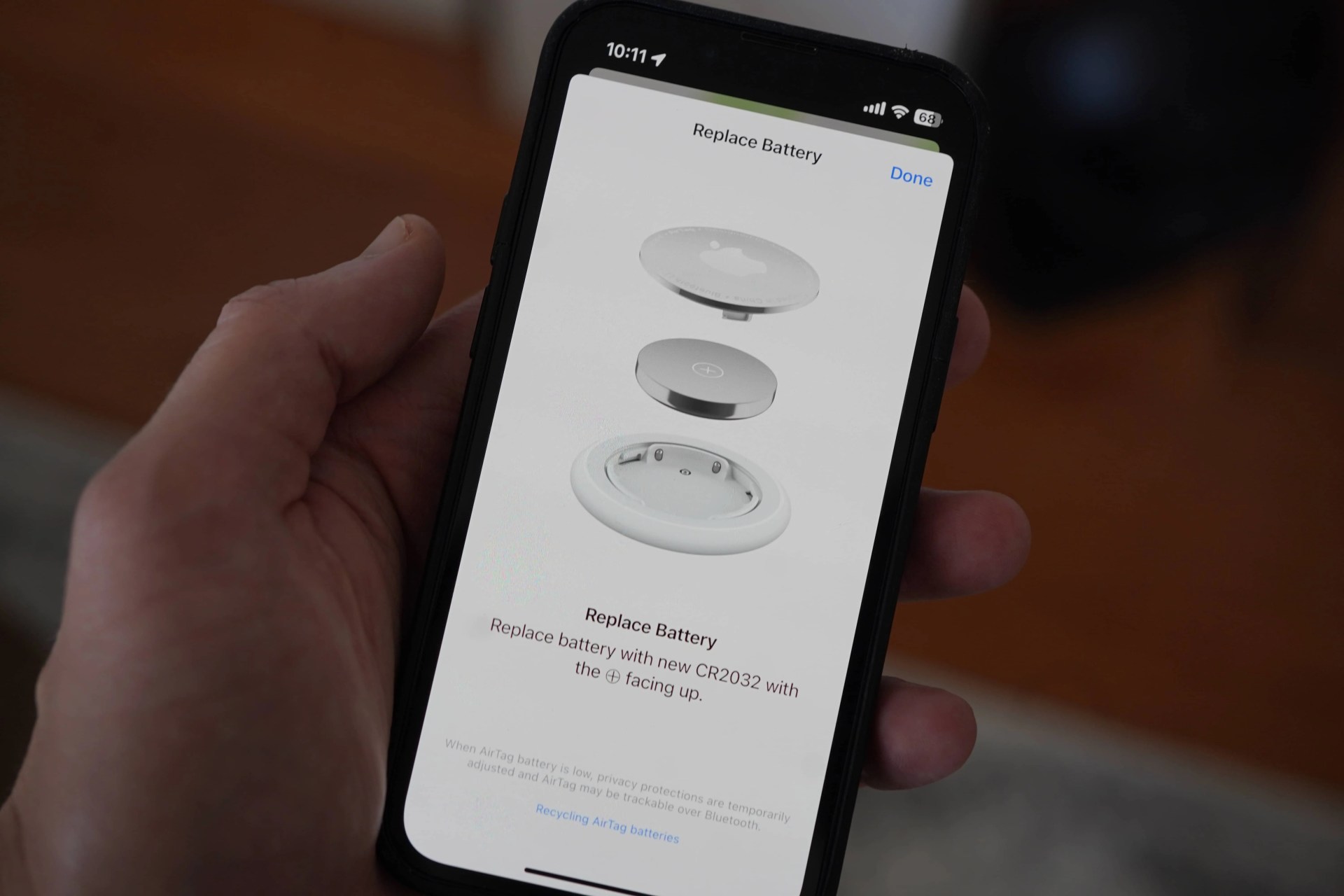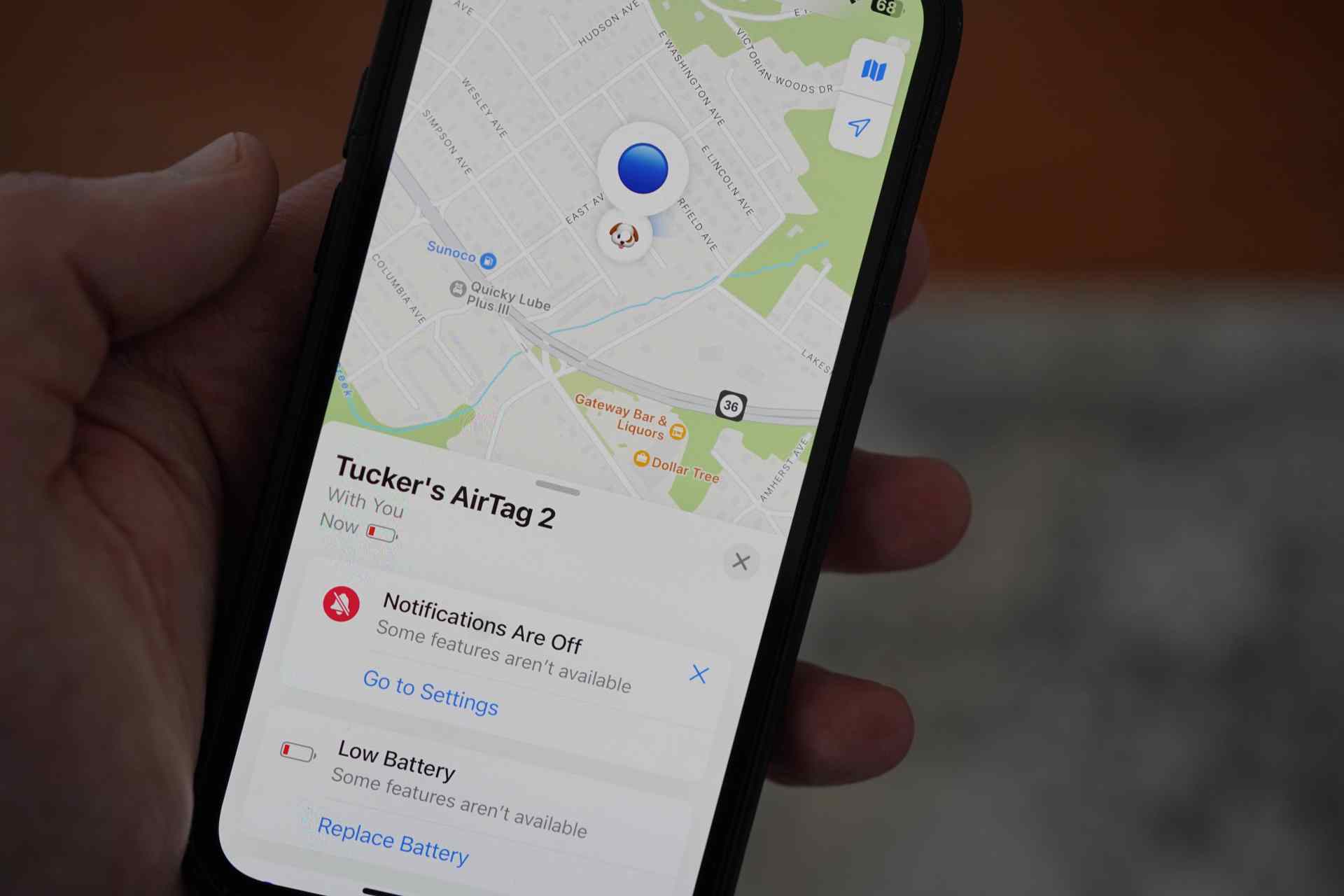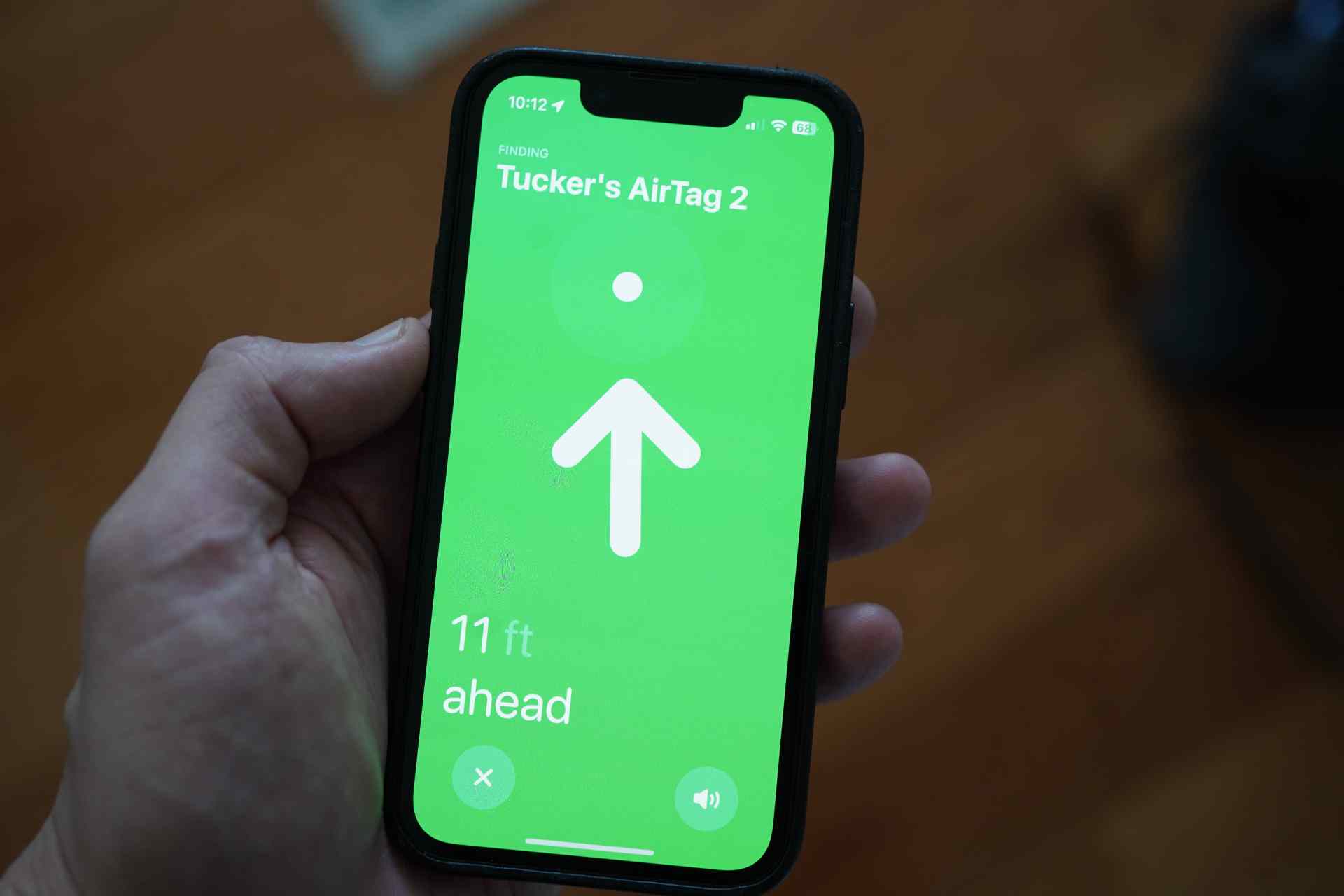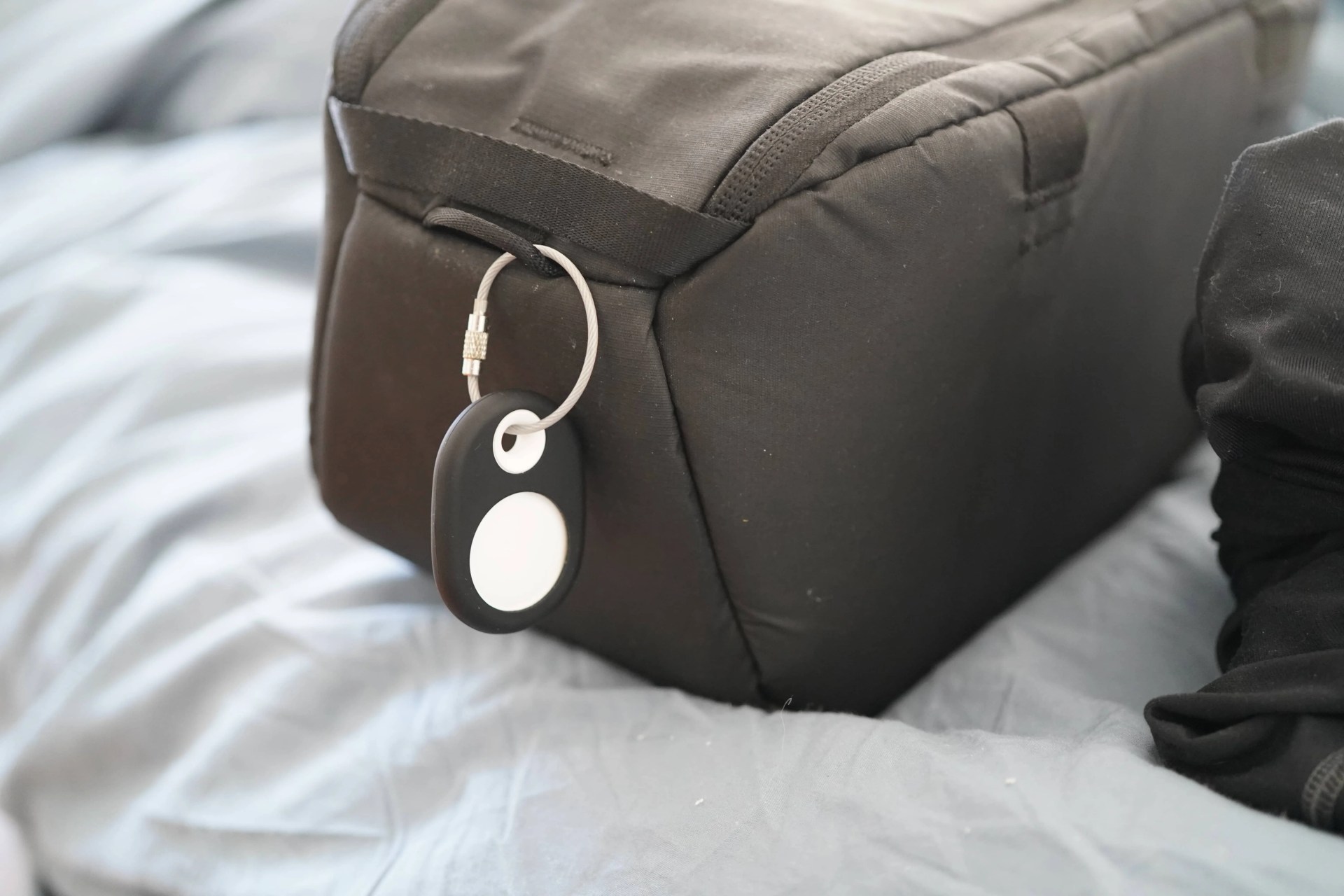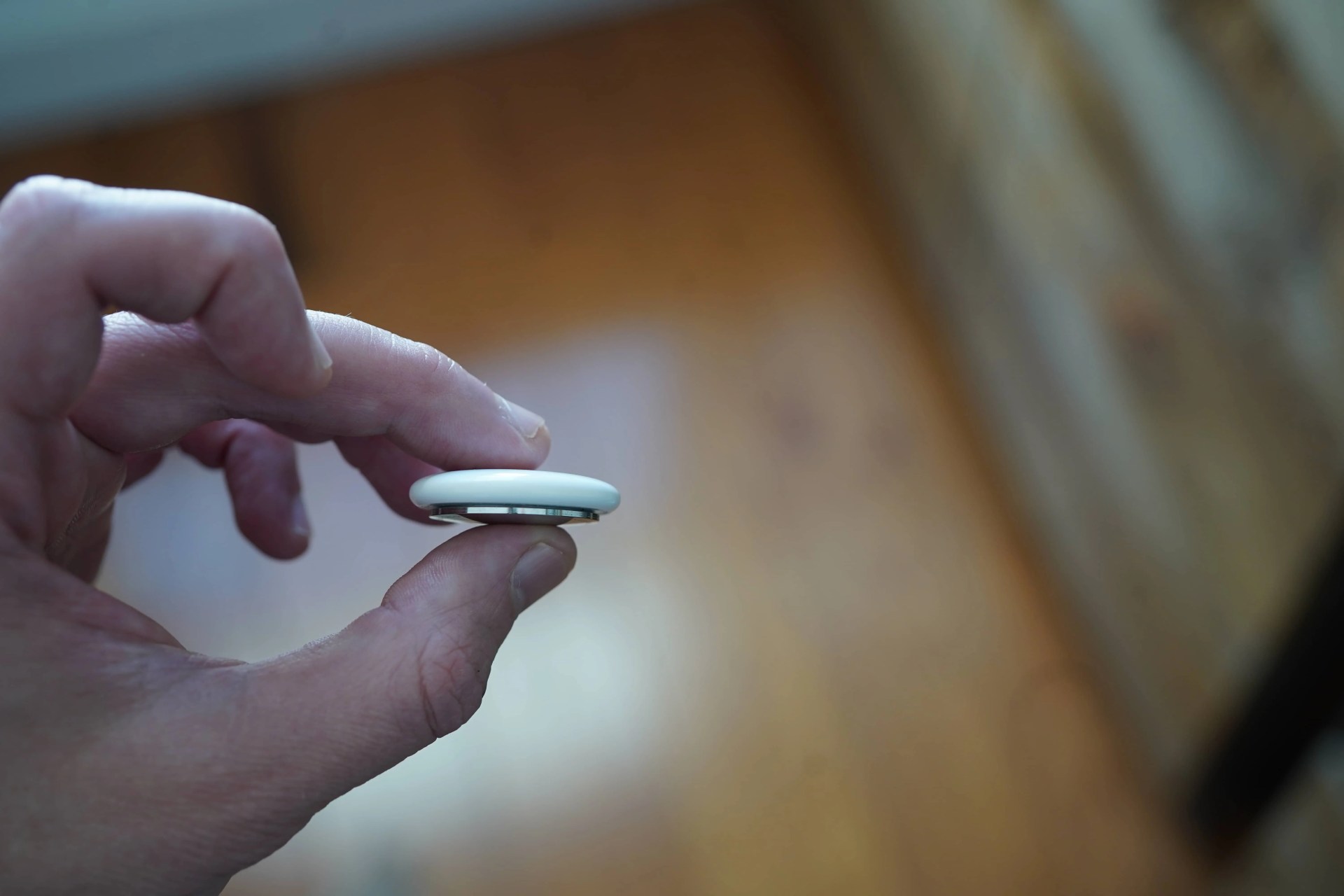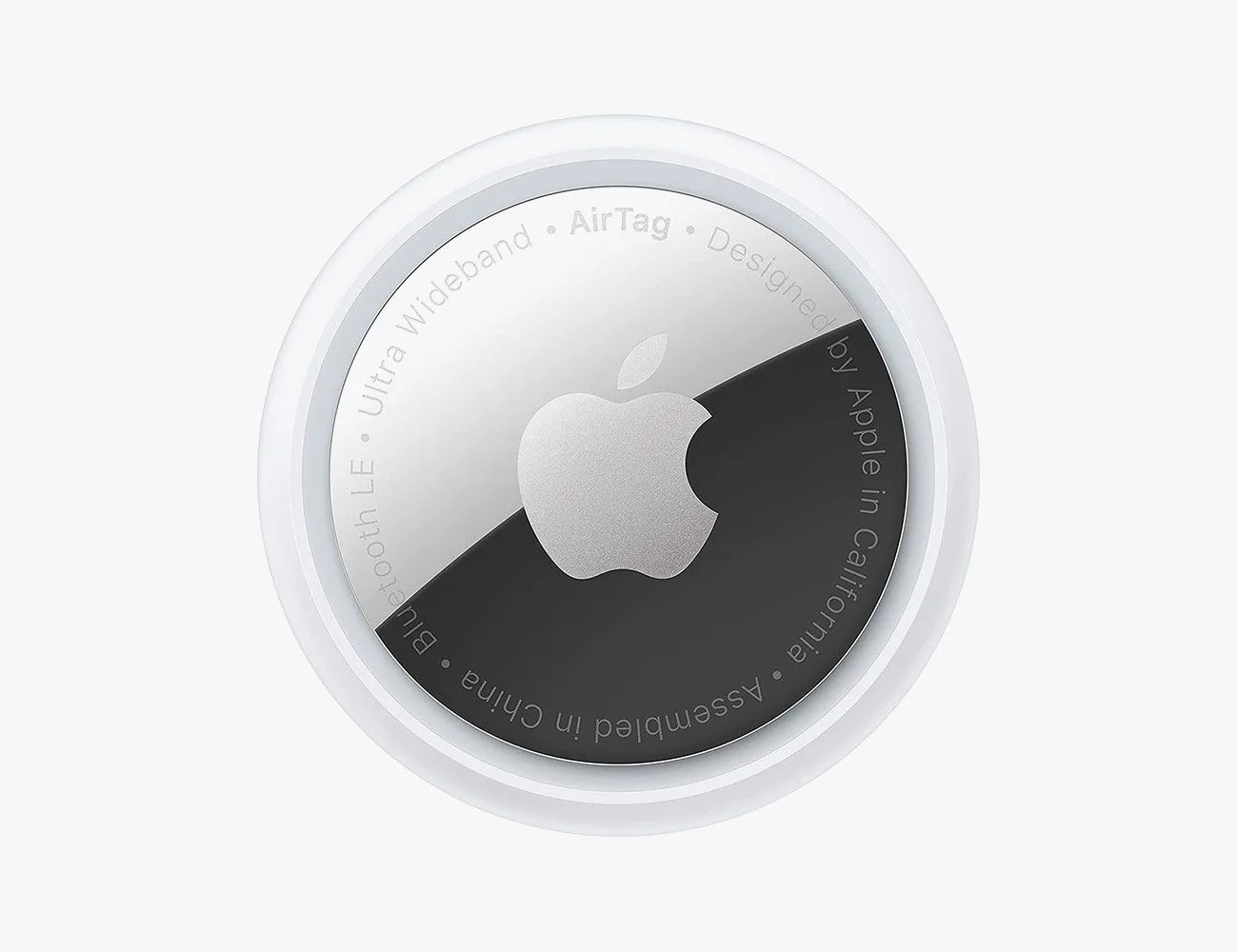Apple’s little button-sized trackers, AirTags ($29), have been around for several years now. They’re meant to be attached to a personal belonging like a keychain, backpack or bike, so that in the even that it gets lost or stolen, you can then locate it via the Find My app.
Of course, being that they are tracking devices, AirTags carry a healthy amount of intrigue, skepticism and general uncertainty. That’s why we’ve collected a smattering of questions about how it works and answered them below.
How do AirTags work?
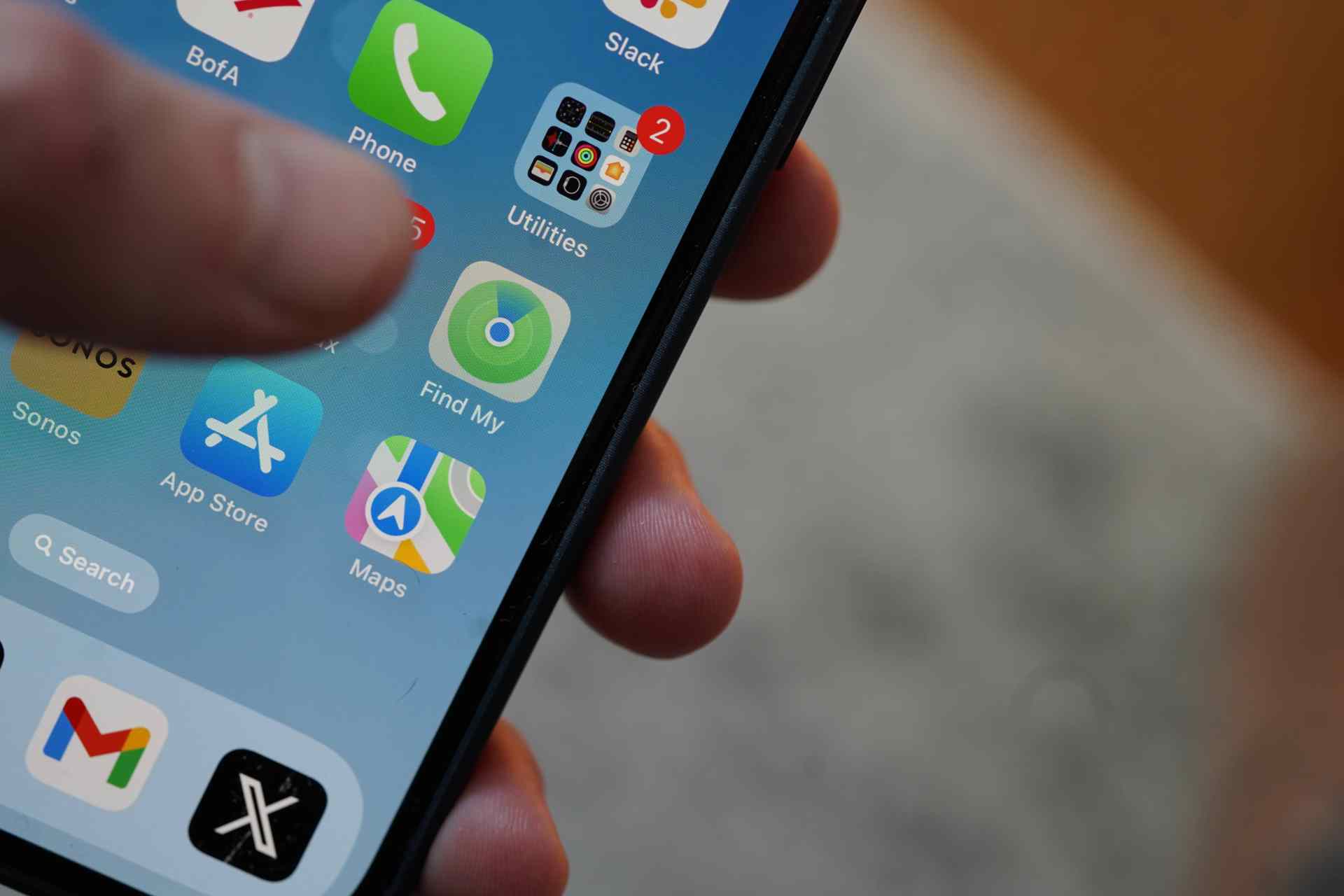
AirTags work within Apple’s Find My network. This means as long as an AirTag is within Bluetooth range of an iPhone or Apple device (even if the device isn’t yours), it passively communicates with said device to help you locate your AirTag — plus, whatever it’s attached to.
Once set up with your Apple ID, an AirTag will show up on your iPhone’s Find My app. Each AirTag can only be owned by a single ID. If you were to let another person borrow something attached to an AirTag, you can pause safety alerts in the Find My app on your phone.
